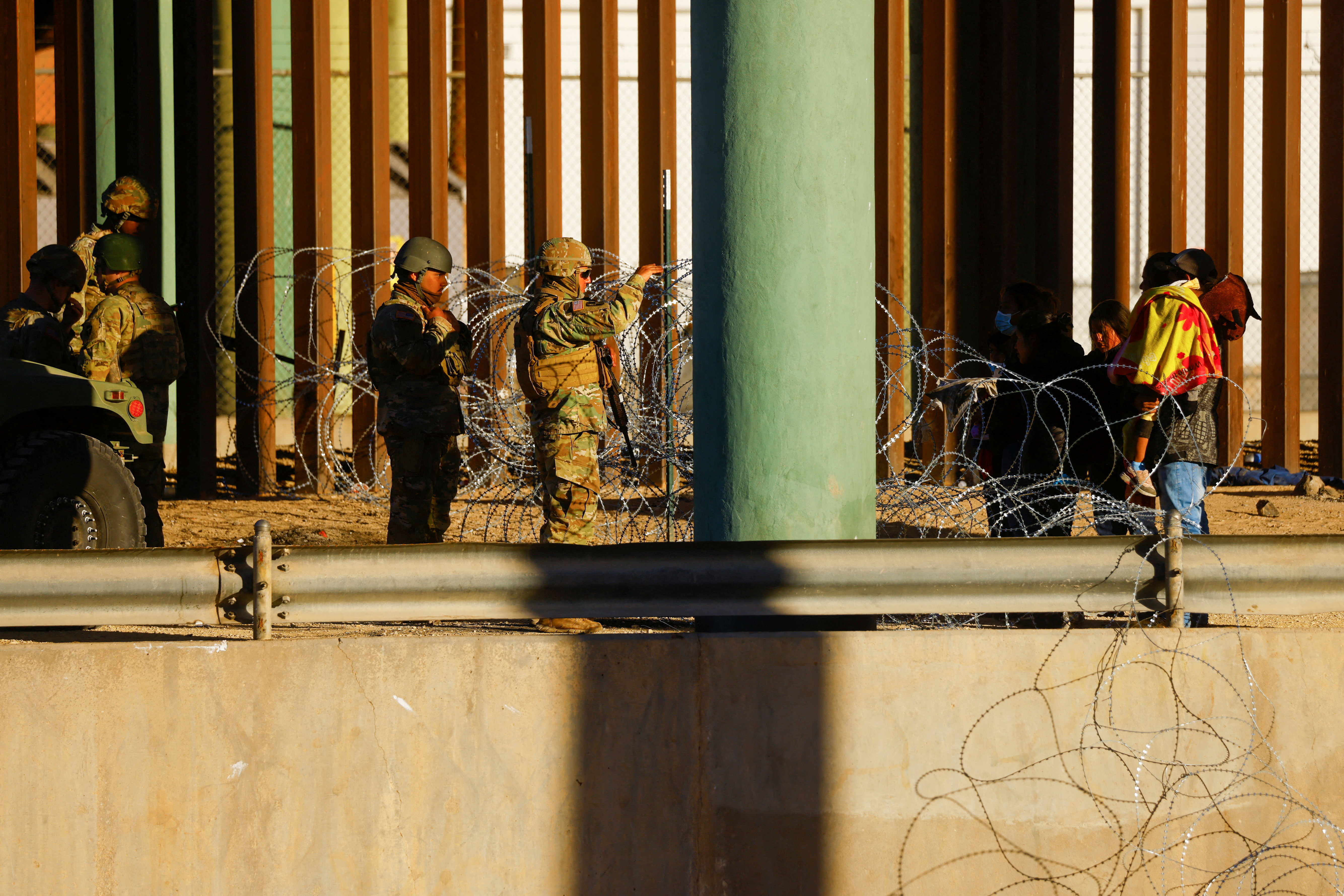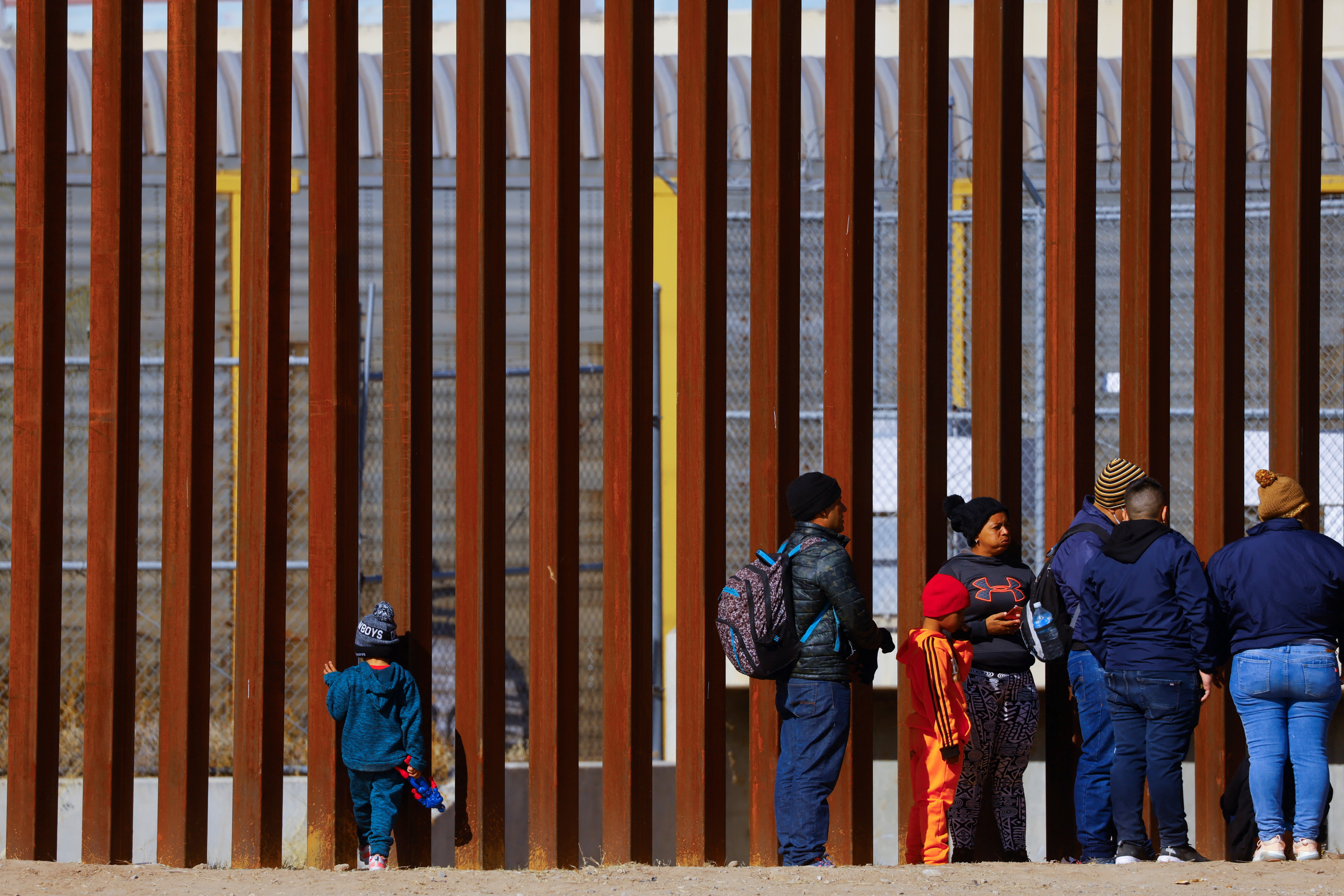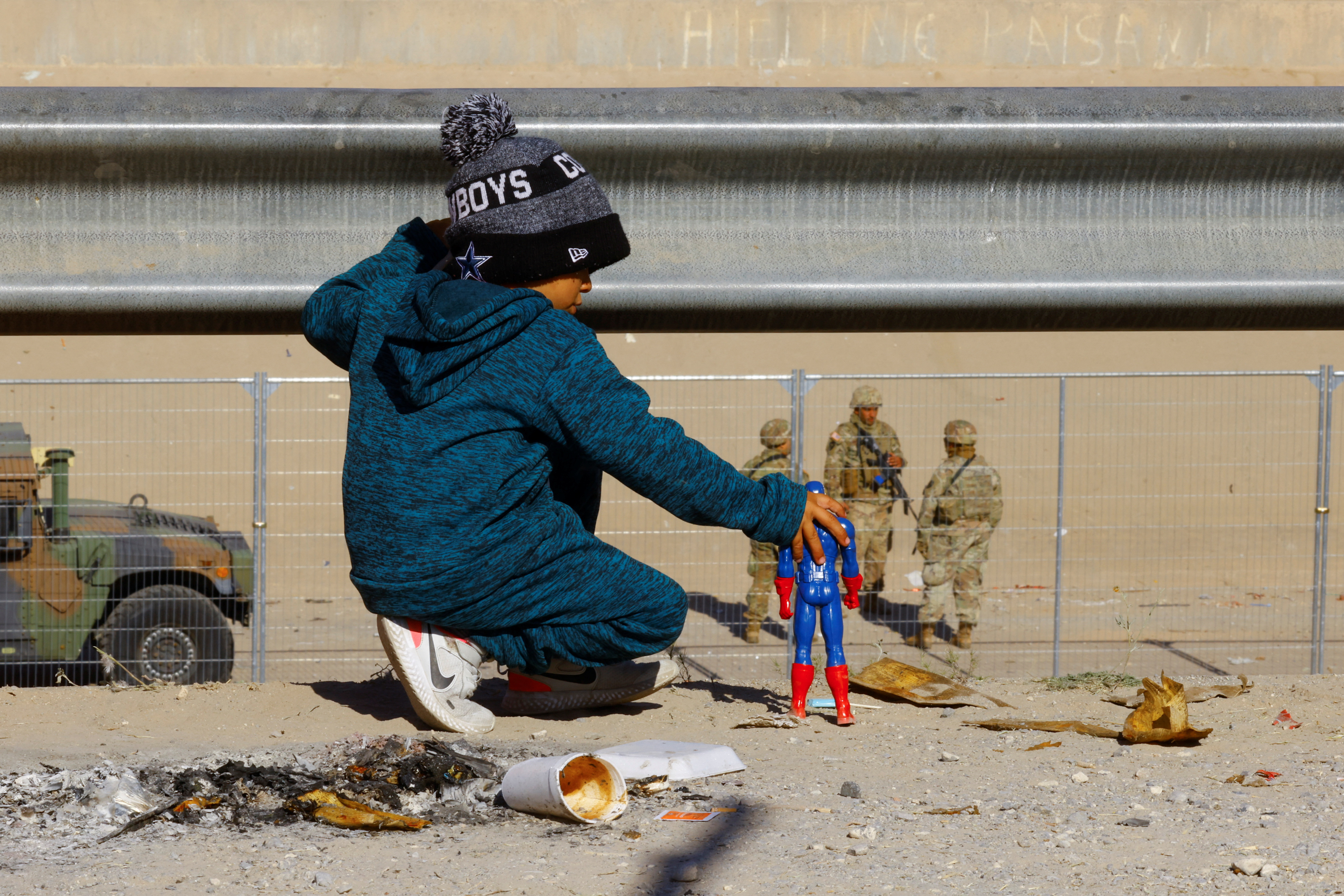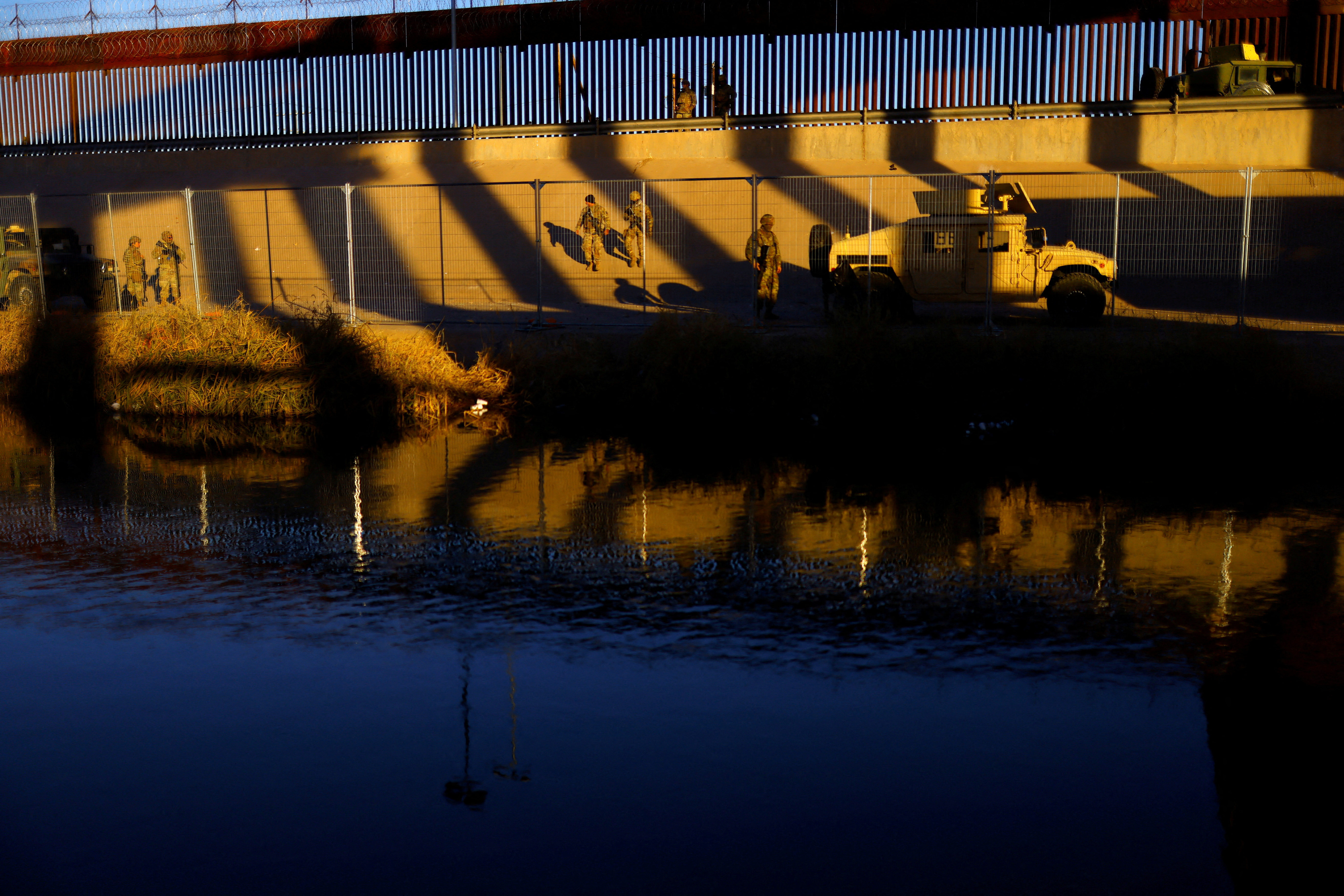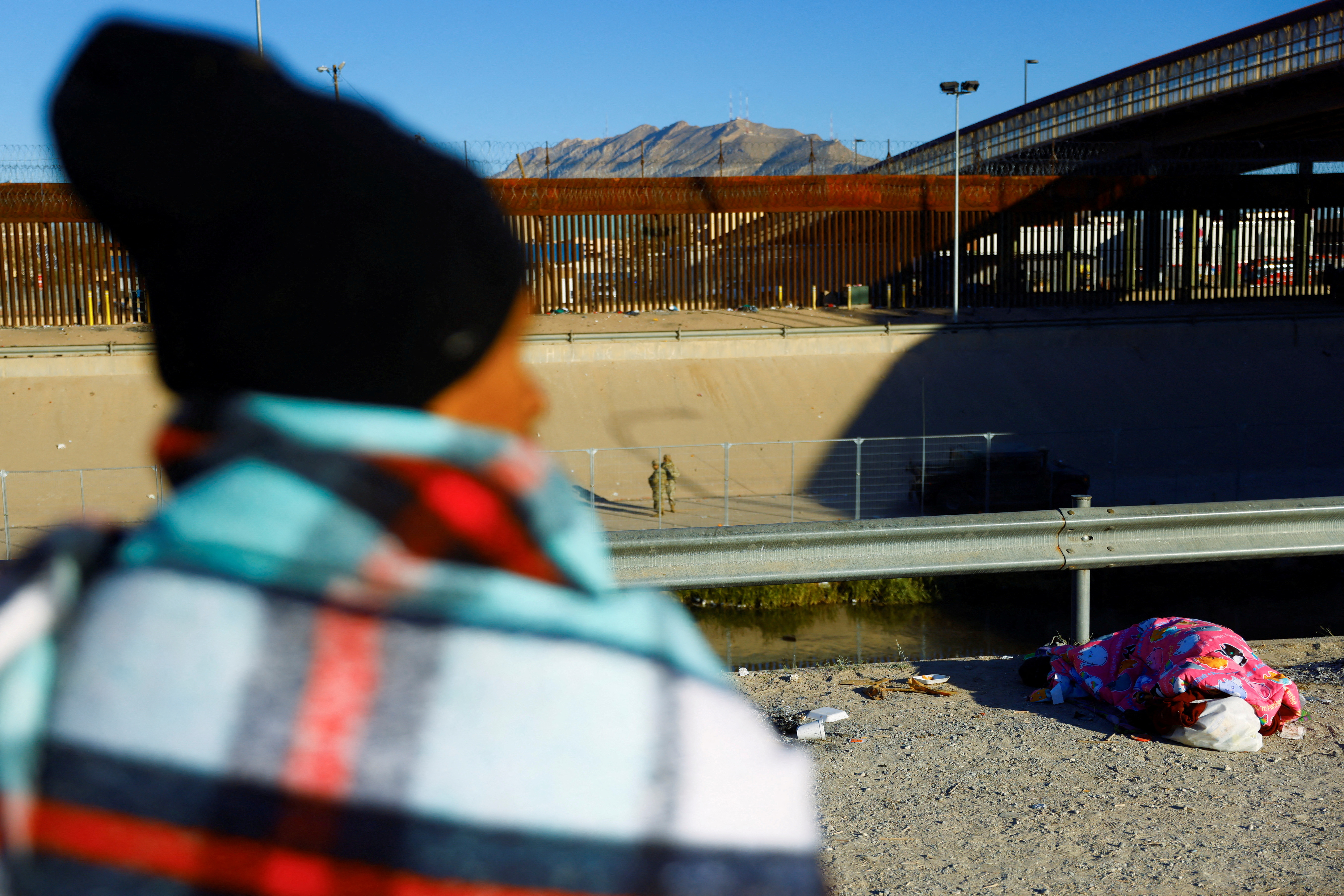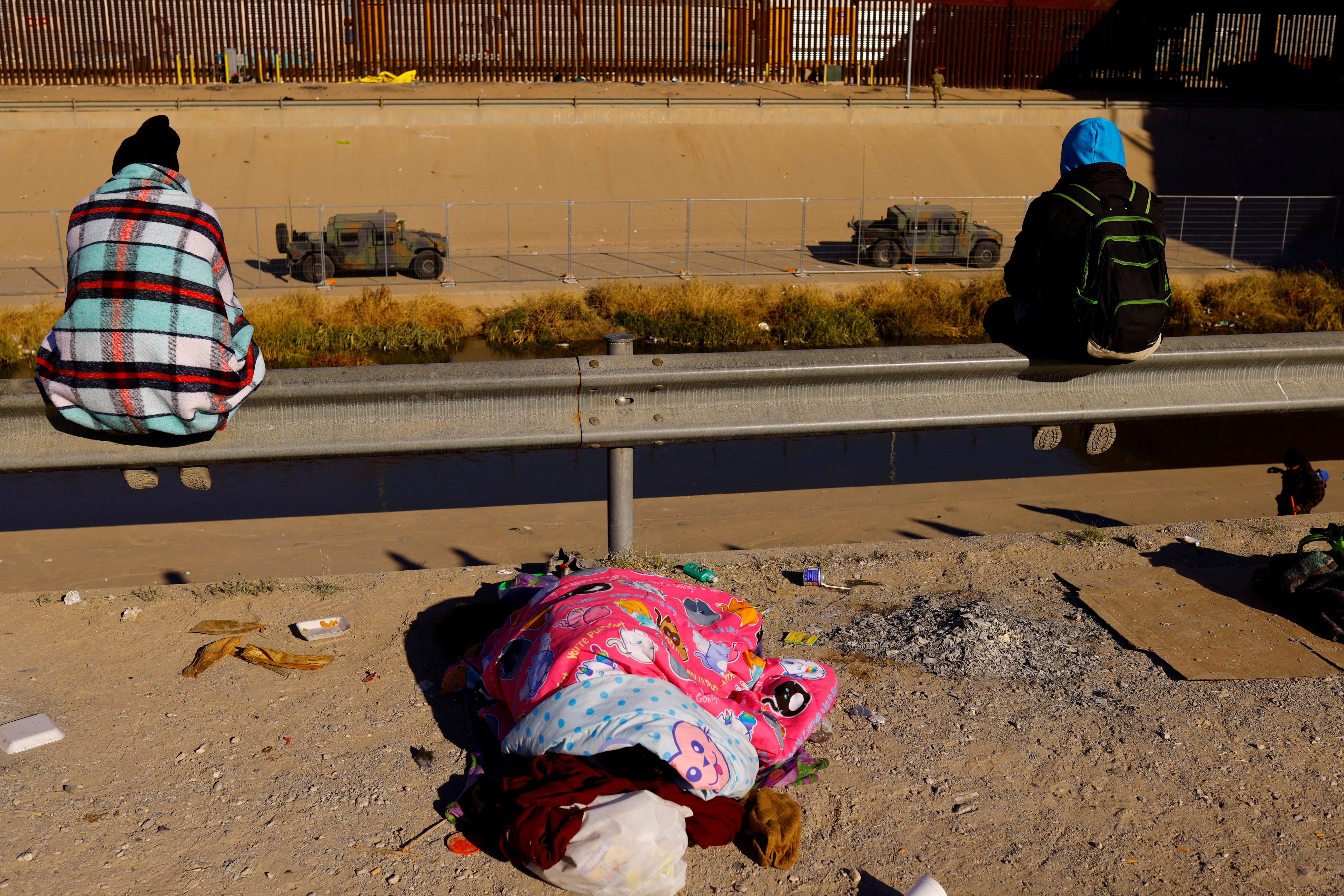The U.S. Supreme Court on Tuesday left in place for now a pandemic-era policy allowing U.S. officials to rapidly expel migrants caught at the U.S.-Mexico border.
In a 5-4 vote, the court granted a request by Republican state attorneys general to put on hold a judge’s decision invalidating the emergency public health order known as Title 42.
The 19 states argue lifting the policy could lead to an increase in already-record border crossings and strain resources of the states where migrants end up. The court said it would hear arguments on whether the states could intervene to defend Title 42 in its February session.
A ruling is expected by the end of June.
President Joe Biden said the U.S. government would have to enforce the order until the matter was resolved.
“But I think it’s overdue,” he said.
Chief Justice John Roberts, a member of the court’s 6-3 conservative majority, on Dec. 19 issued a temporary administrative stay maintaining Title 42 while the court considered whether to keep the policy for longer. Prior to his order, it had been set to expire on Dec. 21.
Conservative Justice Neil Gorsuch joined with the court’s liberal members – Sonia Sotomayor, Elena Kagan and Ketanji Brown Jackson – in dissenting, calling Tuesday’s order “unwise.”
He questioned why the court was rushing to hear a dispute on “emergency decrees that have outlived their shelf life,” and said the only plausible reason was because the states contended Title 42 would help mitigate against an “immigration crisis.”
“But the current border crisis is not a COVID crisis,” Gorsuch wrote in an opinion joined by Jackson. “And courts should not be in the business of perpetuating administrative edicts designed for one emergency only because elected officials have failed to address a different emergency.”
Mexico’s foreign ministry had no immediate comment on the court’s decision.
Aid group the International Rescue Committee said in a statement that Title 42 had been used to justify nearly 2.5 million expulsions since March 2020, and argued that U.S. border policies had caused significant strain throughout the region, making migration routes deadlier.
Title 42 was first implemented in March 2020 under Republican former President Donald Trump when the COVID-19 pandemic began.
The Democratic Biden administration initially kept it in place but sought to lift it after U.S. health authorities said in April it was no longer needed to prevent the spread of COVID-19. However, the repeal was blocked by a federal judge in Louisiana – a Trump appointee – in response to a Republican-led legal challenge.
Enrique Lucero, director of migration affairs in Tijuana, said it was “absurd” that Title 42 remained in place, noting the city had a large backlog of U.S. asylum seekers.
“This measure has to disappear sooner or later,” he said.
Miguel Colmenares, a Venezuelan migrant in the Mexican border city of Tijuana, said on hearing of the court’s decision that he did not know what he would do.
“I haven’t got any money and my family’s waiting for me,” the 27-year-old said.
“It breaks my heart that we have to keep waiting.”
A group of asylum-seeking migrants represented by the American Civil Liberties Union had sued the U.S. government over the policy, arguing the expulsions to Mexico exposed them to serious harms, like kidnapping or assaults.
In that case, U.S. District Judge Emmet Sullivan in Washington, D.C., sided with the migrants on Nov. 15 and ruled Title 42 was unlawful.
Sullivan, an appointee of Democratic former President Bill Clinton, said the government failed to show the risk of migrants spreading COVID-19 was “a real problem.” It also failed to weigh the harm asylum seekers would face from Title 42, he said.
The Biden administration sought time to prepare for the end of the policy, at which point migrants would be able to once again, as they had pre-pandemic, be allowed to request asylum at the border. Sullivan gave it until Dec. 21.
Unhappy with the lower court’s decision, a group of Republican state attorneys general sought to intervene to keep defending the policy in court. When a federal appeals court on Dec. 16 declined to allow them to intervene and put Sullivan’s order on hold, they took the matter to the Supreme Court.
“It’s disappointing the Biden administration is willing to sacrifice the safety of American families for political purposes,” said Republican Arizona Attorney General Mark Brnovich, who is leading the defense of Title 42.
Related Galleries:
